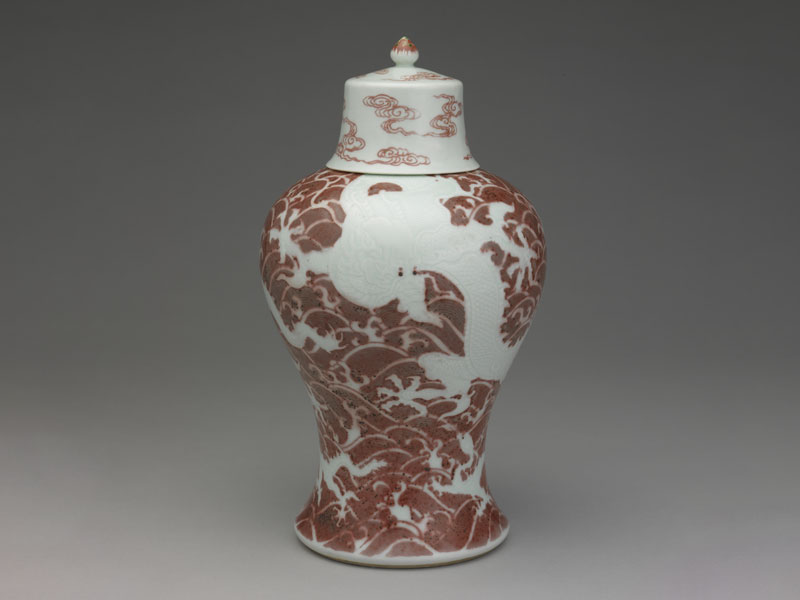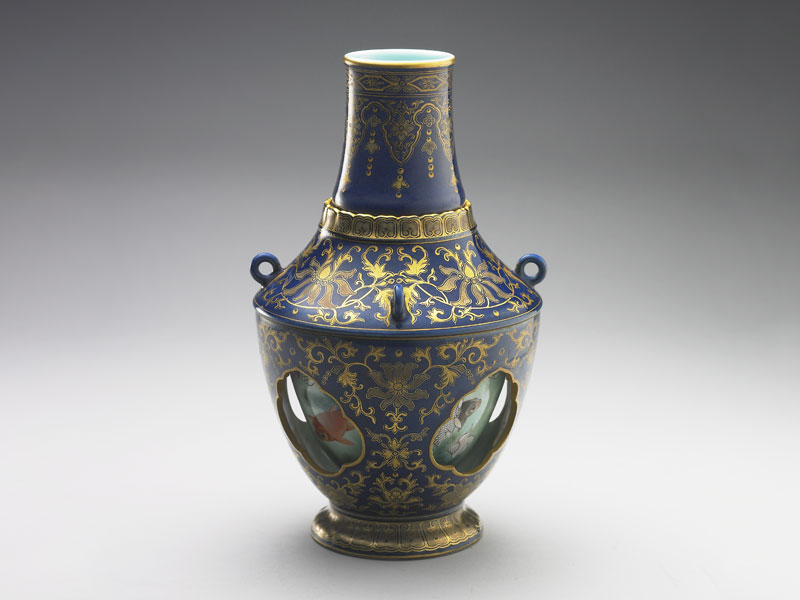The dynasties in Imperial China organized the production and supply of ceramic wares as national institutions. The reign of Emperors Kangxi (1662-1722), Yongzheng (1722-1735), and Qianlong (1736-1795) was not only the golden age of the Qing Dynasty (1644-1911) but also the period when the technology of ceramics reached its peak. In addition to a well-established system of the official kilns, the three emperors took an active role in commanding the kilns' operation and provision. They appointed highly calibrated officials as superintendents of the kilns to study the aesthetics of ceramics in the past eras and to extract new elements from other cultures to broaden their repertoire. The high craftsmanship at the time reflected the emperors' interest in experimentation, heritage, and innovation.




